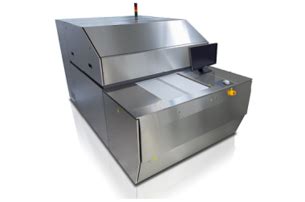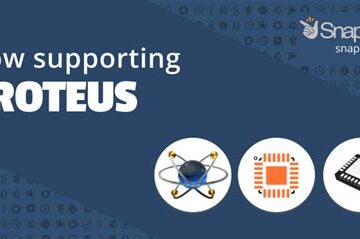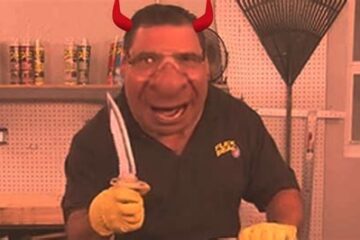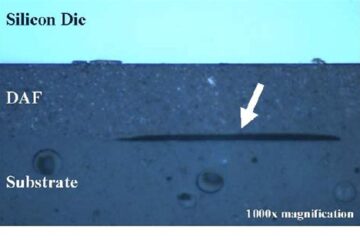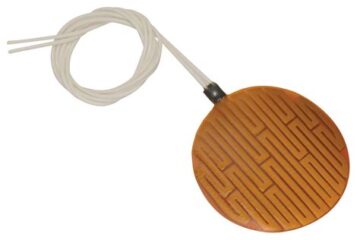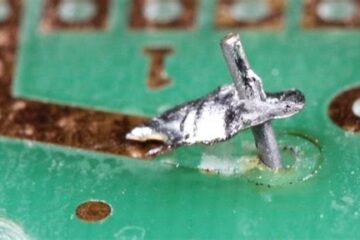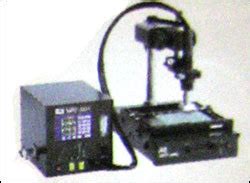PCBA
PCBs – 10 Application Areas You Must Know
1. Consumer Electronics One of the most prominent application areas for PCBs is consumer electronics. From smartphones and tablets to laptops and gaming consoles, PCBs form the backbone of these devices. They house the various components, such as processors, memory chips, sensors, and connectors, that enable the functionality of these Read more…



